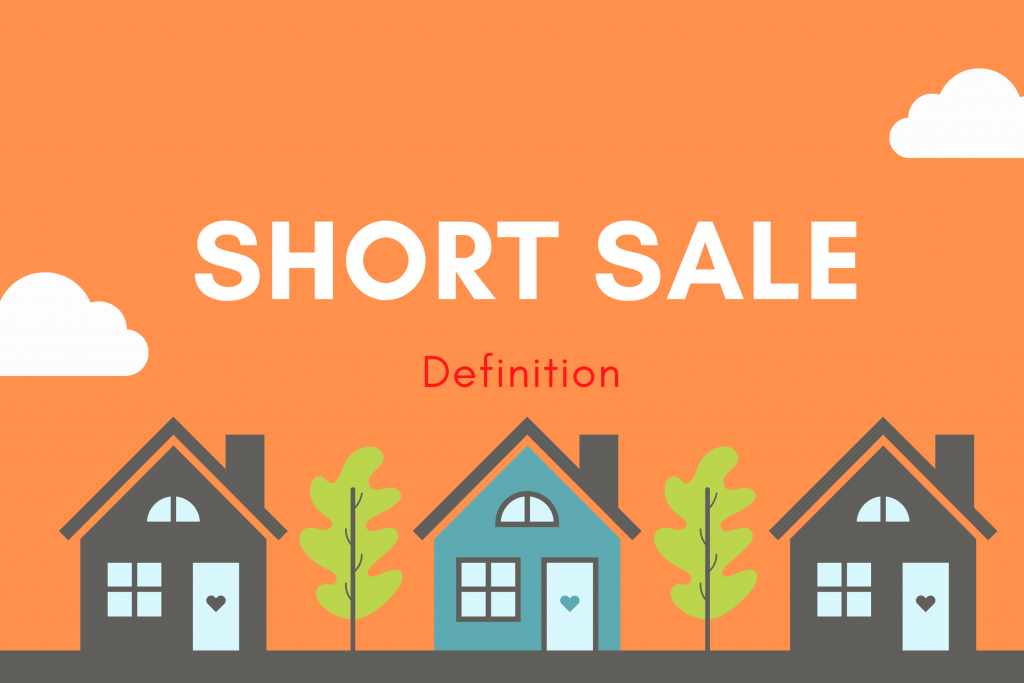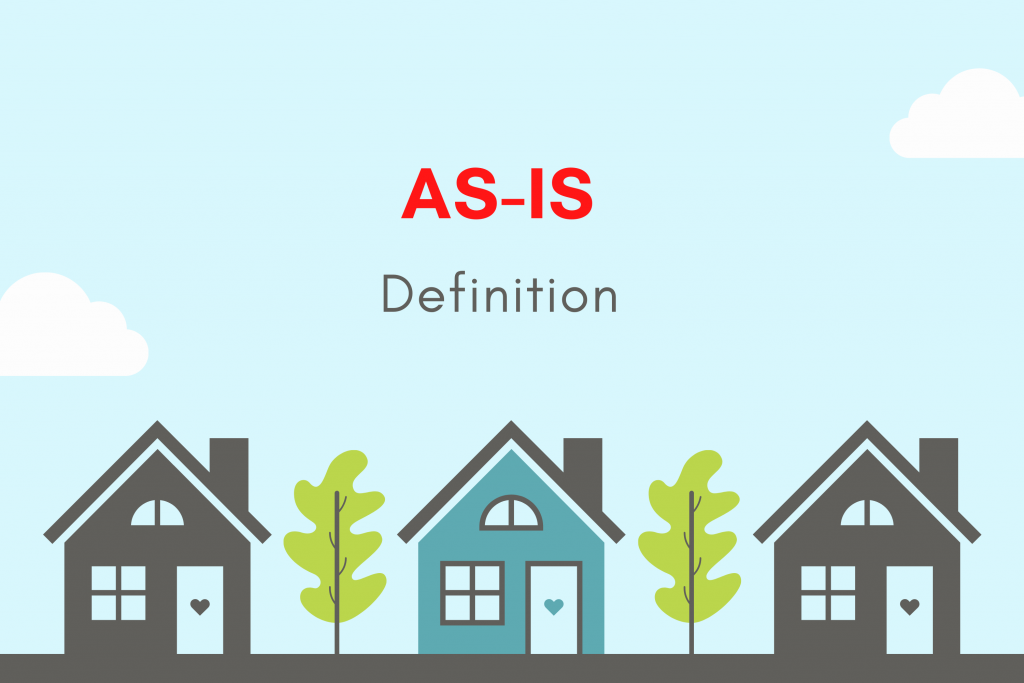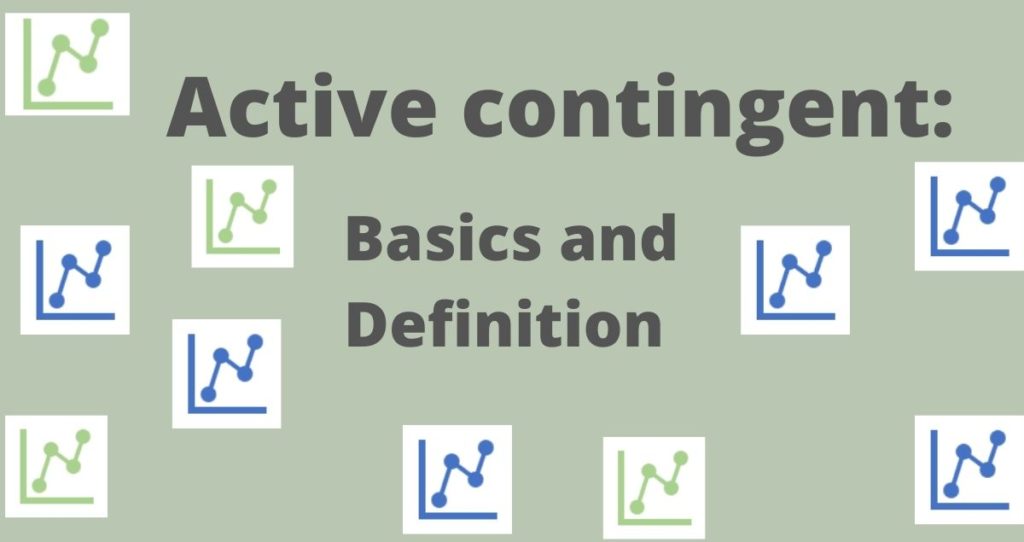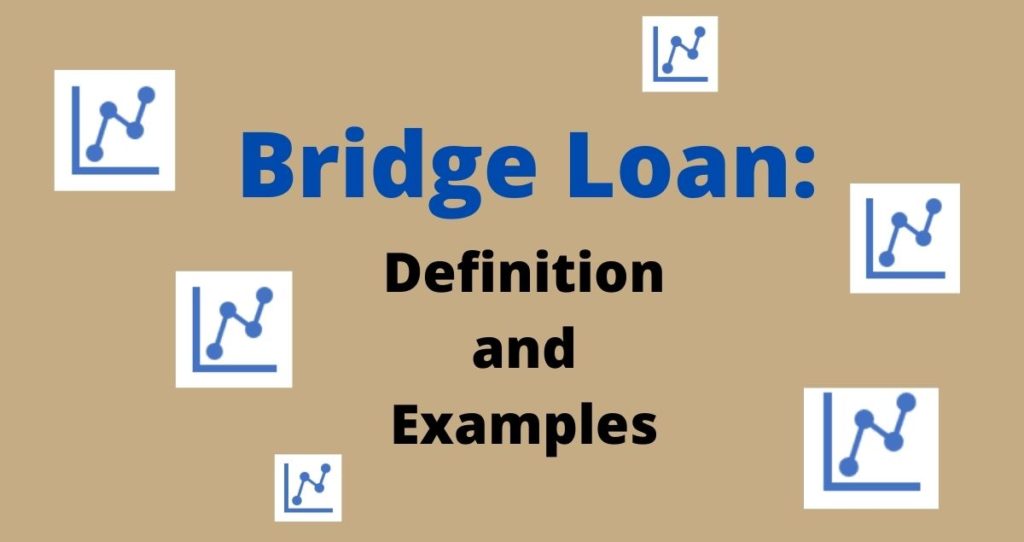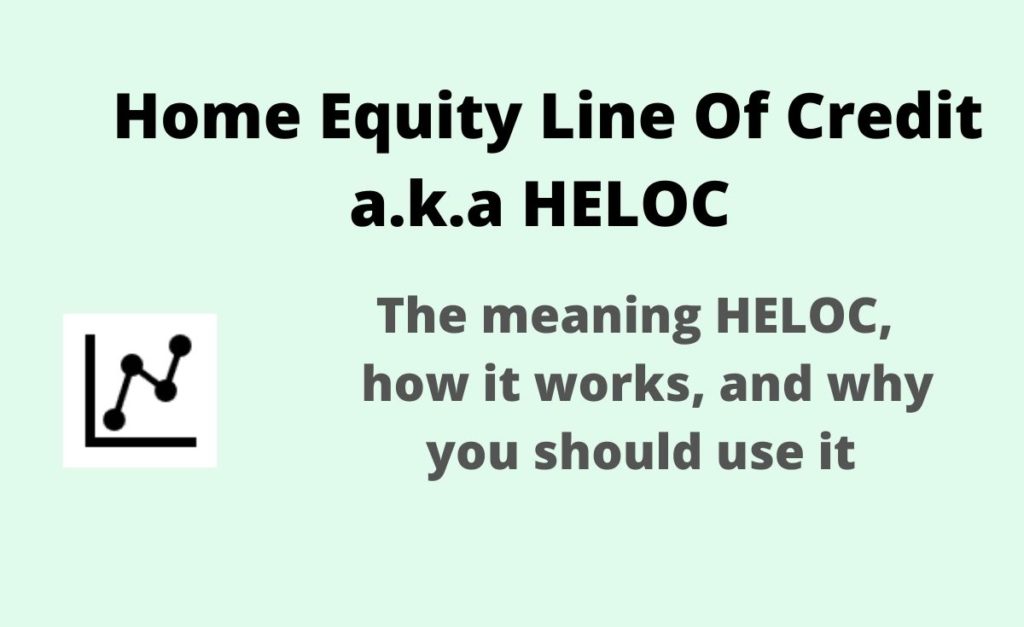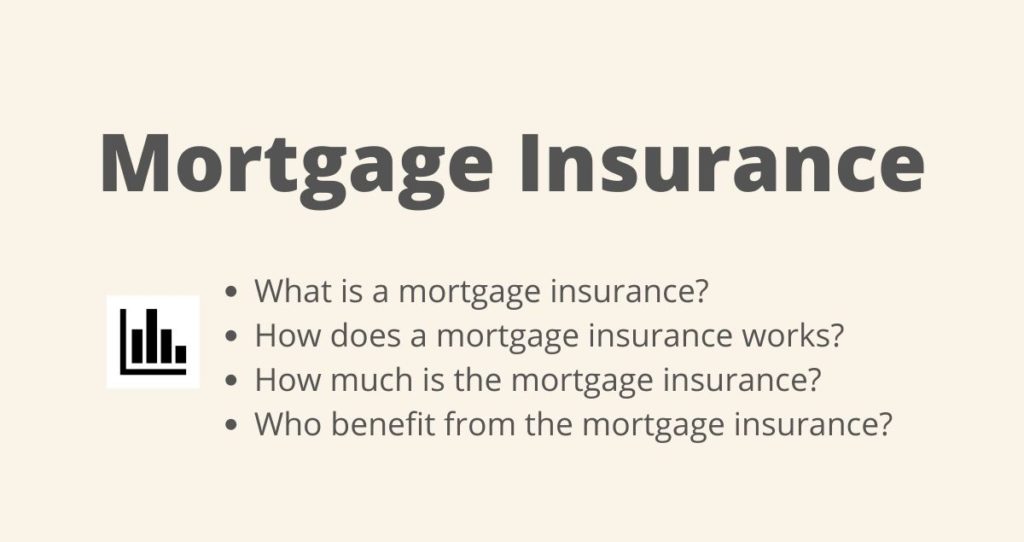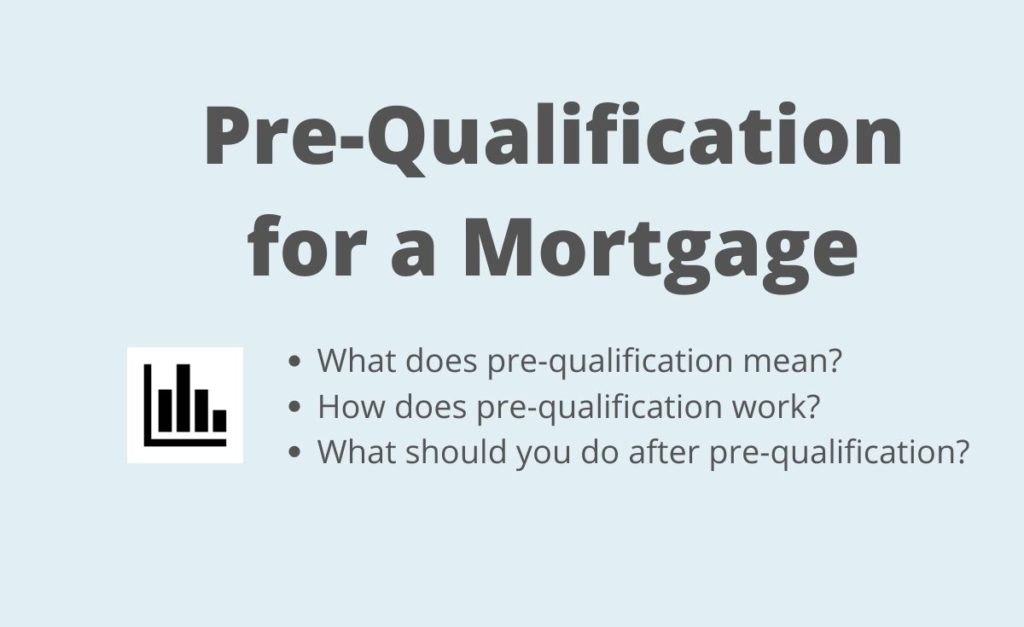One of the benefits of owning a home is that you can use the equity you have built to cover your high-cost expenses. Instead of getting into very expensive loans such as credit card loans or personal loans, your home equity can help you meet your financial needs with less stress and manageable risks. For example, you can get equity out of your home to cover your home renovation projects, pay for college, buy another home, or pay for a wedding.
The process of getting equity out of your home is simple and straightforward. You just need to know how much equity you have built in the house, check your eligibility for a home equity loan or refinance, get pre-qualified, and finally, get the equity you need.
Key takeaways
- The equity you have in the house is the difference between your home appraised value and your mortgage balance.
- Calculate your loan-to-value ratio(LTV ratio) for eligibility by dividing your mortgage balance by the appraised value and then multiplying by 100. Most lenders prefer an LTV ratio that is under 80%.
- Get the equity out of the house by taking a home equity line of credit (HELOC), home equity loan, or by refinancing your mortgage.
- To qualify for a lower interest rate with better terms, you need to increase your credit score. Having a lower Debt to income ratio(DTI ratio) and proof of income is essential for a fast loan application approval.
This article will walk you through the process of getting equity out of your home in more detail and what you need to do at each step.
1. Know the equity you have in your house
Before you consider getting equity out of your house, you first need to know how much equity you have in your home. For example, if you bought the house 10 years ago, you can’t tell how much of that house is yours unless you do some math. Not only that you paid down the principal, but the house also appreciated over time.
In case you own the house and have no lien on it, the equity in the house will be the appraised value of your house. That is if you sell the house the entire proceeds will belong to you. For example, if your home is appraised at $300,000 and it is fully paid off, the equity in your home will be $300,000.
When your house is not fully paid off, however, the equity in your home becomes the difference between the appraised value of the home and the remaining mortgage balance. As you make your monthly mortgage payments, a portion of those payments covers the principle which lowers your mortgage balance. The other portion of your monthly payments covers the interest. Over time, you build home equity by paying down the mortgage and through appreciation for your home.
Let’s assume that your home is worth $300,000 and you still have a mortgage balance of $100,000. In this case, your equity in the house will be $200,000($300,000-$100,000). In other words, if you sell the house for $300,000, you will pocket $200,000(subject to commissions, transaction fees, and tax) and give the bank $100,000.
After knowing the equity you have built in your house, your next step is to check your eligibility. You can’t just get equity out of your house. You will first need to be eligible for financing the house.
2. Estimate your loan-to-value ratio(LTV ratio) for eligibility
Before you can refinance your house, the lender will need to know if the equity in your house is enough for refinancing. The more percentage of the house that you own, the higher the chance you will be eligible for a mortgage refinance. Lenders use the Loan to value ratio(LTV ratio) to estimate the percentage of the house that belongs to you. Most lenders prefer an LTV ratio under 80%. Meaning that if you sell your house, 80% will go to the lender and you will keep 20% (subject to closing costs and tax). The lower the LTV ratio, the better.
The loan-to-value is an important ratio that compares the appraised value of your home to the mortgage balance. To calculate the loan-to-value ratio of your home, divide your mortgage balance by the appraised value of the home. To change the ratio into a percentage, multiply the result by 100.
From the example we used above, your LTV ratio will be ($100k/$300k)x100 which yields 33%. A 33% Loan to value ratio indicates that you have 67% equity in your house. In other words, many lenders will easily qualify you for a home equity loan or mortgage refinance.
3. Get pre-approved
Since taking equity out of your home might result in getting a brand new loan through refinancing; you need to shop around and get prequalified by multiple lenders. Different lenders offer different options, terms, and interest rates. Your job in this case is to get equity out of your home without compromising the terms of your loans. That is you need to find a lender with the lowest interest rate possible and favorable terms. Shopping around helps you eliminate lenders who might be ripping you off.
You could also get a completely brand-new loan and use the equity in your home as collateral. In this case, you still need to shop around for multiple lenders to secure a loan with the lowest interest rate and better terms.
4. Build your credit, lower your DTI ratio, and have proof of income
Even if you are trying to get equity out of your home, you still need to prove that you are a responsible credit account user. That is you pay your bills on time and there is less risk involved in lending you money. That is why you need to work on your credit score, lower your debt-to-income ratio(DTI ratio), and have proof of income.
- A good credit score will help you qualify for a lower interest rate. Lower rates reduce the cost of your loan and decrease your monthly payments.
- Your Debt to income ratio also plays an important role in your loan application approval process. Many lenders do not like borrowers who are struggling with debt. A higher ratio indicates that you have too much debt already, and therefore, you cannot afford to take on more loans. So, make sure that your DTI ratio is under 28%. You could also qualify for a home loan or refinance for a higher DTI ratio.
- Having proof of stable income will help you seal the deal. That is you are borrowing the money and have an income to cover your monthly payments plus any charges and fees. What could go wrong?
5. Get equity out of your home by choosing one of the three options
When it comes to taking equity out of your home, there are many options to consider. The options you choose to go with will depend on the specific reason you want the equity in the first place.
The following are a few ways to get equity out of your home.
- Cash-out refinance. A cash-out refinance results in more money than you owe the lender. Since this refinance will result in a brand-new mortgage, you will give the lender what you owe and pocket the difference in cash. Back to the example, we used above, you could cash out up to 80% of the equity you have built in the house. Keep in mind that this percentage varies from one lender to another and the type of loan. For example, VA loans might allow you to get up to 100% of your equity in the house. You could also qualify for a lower or higher interest rate depending on your credit score and market rates.
- Home equity loan. With a home equity loan, you take out a brand-new loan by leveraging the equity you have in your home. This loan is usually one sum and repaid at a given time. This loan is given at a fixed rate and monthly payments to ensure continuous payments and a predetermined full payment date. Since the same equity in your house can also be taken by your first mortgage lender when you default, the second loan might come with a higher interest rate. In addition, the second lender might approve you for a loan that is much lower than the equity in your house to minimize this risk.
- Home equity line of credit(HELOC). A HELOC is another form of loan that allows you to take equity out of your home. A home equity line of credit is a form of loan where a lender extends you a revolving credit that is secured by your home. With a HELOC you can borrow as much as you want up to the approved limit and pay interest only on the money you borrowed.
Why should you get equity out of your home?
There are times when you will be in need of quick cash for a major expense. For example, if you want to renovate your home, it could be harder to get your hands on the cash needed for this project. By getting equity out of your home, you can easily and quickly take care of your home improvement project.
The equity in your house also prevents you from getting into costly loans such as credit card loans, maximizing your credit cards, or getting personal loans. These loans come with higher interest rates compared to what you qualify for when you get equity out of your home.
The proceeds from your refinance can also be used for any purpose. Whether you want to renovate your home, pay for a college education, or simply buy another home, your equity can be your primary source of cash.
How to increase home equity fast?
There are many ways to increase equity in your house and the most effective ones are listed below.
- Increase your down payment. If you have not bought a house already, increase your downpayment. By putting more money down, you end up borrowing less. In turn, it lowers your interest charges and helps you build equity fast.
- Increase your monthly payments. Since your monthly payments cover the principal and interest through amortization, you can easily lower the principal by increasing your monthly payments. Some lenders let you use the extra payment to cover the principal instead of interest. For example, if your monthly payment is $2,000 and you pay $3000, the extra $1000 can be used to pay down the principal. Keep in mind that some lenders charge you a pre-payment penalty when you pay way more than you are supposed to in a given period of time. Check with your lender to make sure there is no pre-payment penalty and ask if the extra cash you pay can only be used to pay off the principal.
- Refinance your mortgage. In case you secure a mortgage at a higher interest rate, you can refinance it for a lower interest rate. This will allow you to build equity in the house much faster. By lowering interest charges, the extra payment can help you build equity in your home faster. You could also refinance your mortgage when you have an adjustable-rate mortgage(VRM) and markets rates are going higher. This will allow you to secure a fixed-rate mortgage(FRM) and prevent you from paying a higher interest rate.
What can you do with the equity in your house?
Although there are many things you can do with the equity in your house; there are times when you need to consider alternatives instead of getting equity out of the house. By default, it is a good idea to get equity out of the house for major expenses such as home renovation projects or college expenses. You can also use the equity of the house to buy another home. Another reason you might need to tap into the equity in your house is to pay for your wedding expense. Some people do not agree with the idea of borrowing money for a wedding but to some, it is the only option.
What are the drawbacks of getting equity out of your home?
One of the biggest drawbacks of getting equity out of your home is the risk associated with this process. By getting the equity out of your property using your house as collateral, you automatically put your home at risk. In case you default on your loan, you can lose the house through foreclosure. A foreclosure will also leave a dent in your credit history and lower your credit score by as many as 100 points or more. With bad credit, you will be disqualified from getting another loan for a while.
Having a revolving credit could also put your finances at least. That is you could be tempted to borrow more than you need due to getting approved for a higher limit. A higher limit could lead to excessive spending and puts stress on your finances. In case you don’t have a large income to support the added expenses, you could easily get into a lot of debt that could have been avoided.


